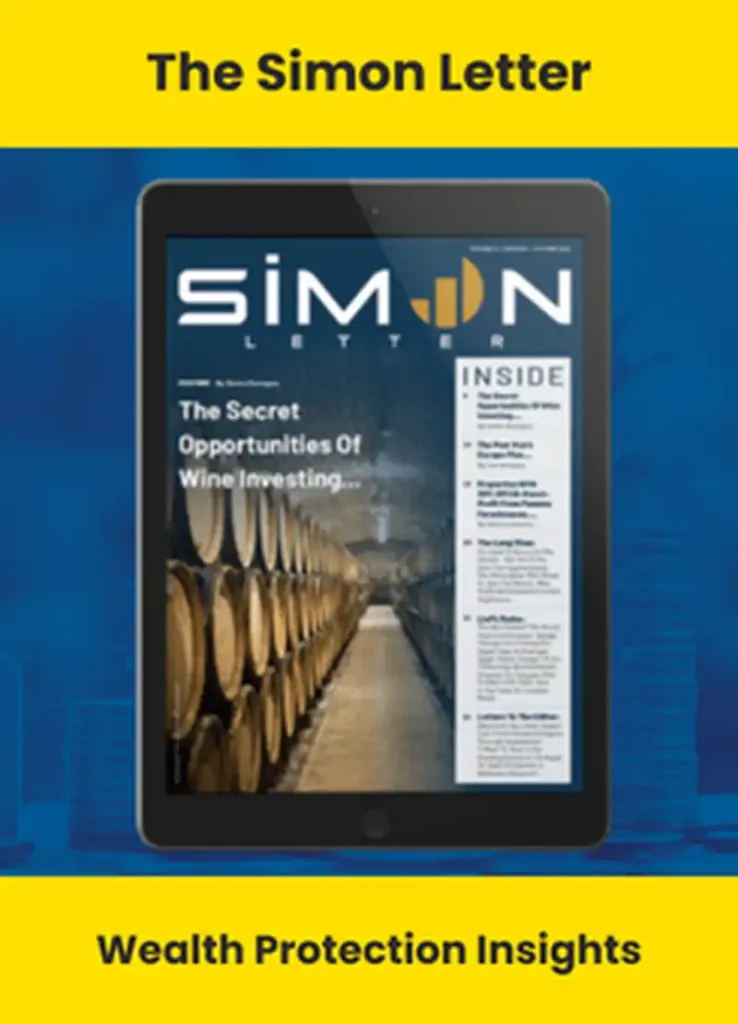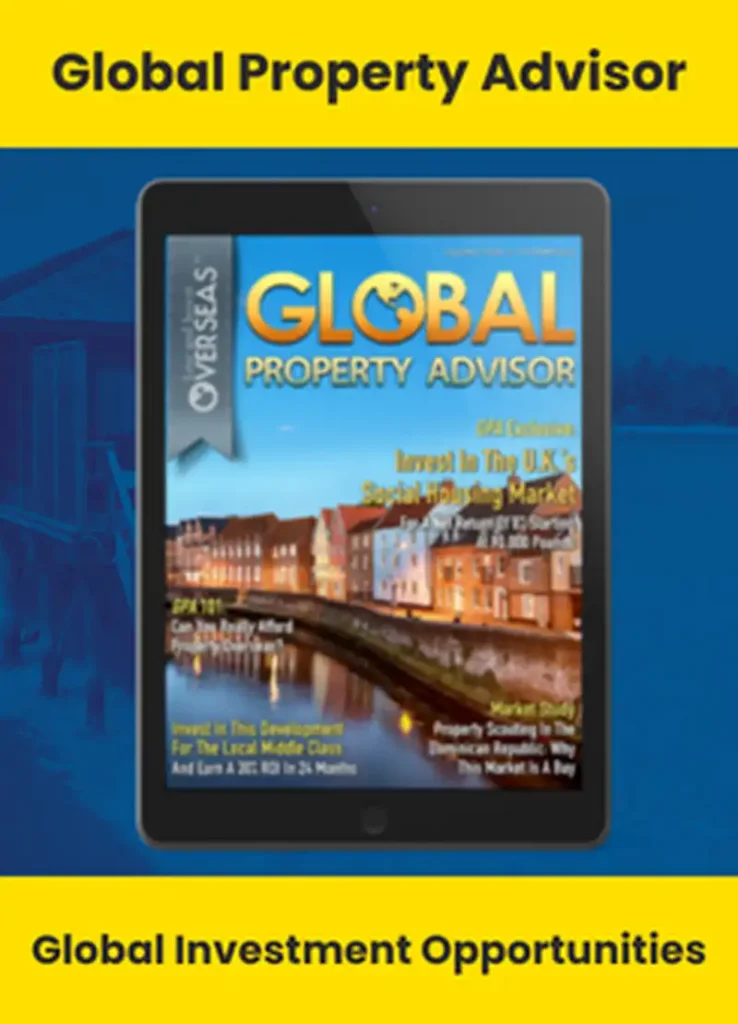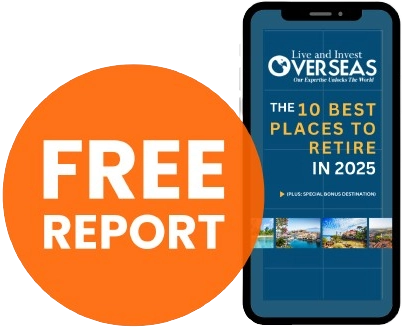Living in Panama: Panama is a land of mesmerizing natural beauty, vibrant folklore and traditions, and a diversity of lifestyle offerings so great, it can feel impossible to choose where to settle.
From First-World city living to off-grid ruggedness, from rustic country living to upscale beach communities… this country has something to suit just about everyone.
Does living an authentic, local lifestyle and learning Spanish sound appealing to you, or would you feel more at home with a large, English-speaking expat community?
Would you rather spend your evenings and weekends at upscale restaurants or visiting museums, or do you prefer outdoor activities like fishing, hiking, water sports, baseball, and adrenaline-filled adventures?
Maybe you’d like to have a bit of both?
This is the beauty of Panama. This little isthmus is home to dozens of attractive havens for expats and retirees.
To help you thin slice your options, we’ve put together our Panama Index with nine graded and ranked cities and towns across the Hub of the Americas, complete with the reasons why these, above all others, are your top contenders for a new life in Panama.
Here’s just a taste of what’s on offer…
San Francisco, Panama City
Not many neighborhoods in Panama City can match what San Francisco has to offer.
It’s close to the downtown center and distinctly urban, but the metropolitan vibe is low-key and more relaxed than other areas of the city center.
San Francisco is Panama’s best option for living a quiet, residential, urban lifestyle.

This is a rapidly growing middle- and upper-class neighborhood with a mix of homes and high-rise apartments.
As a couple, you’ll spend about $3,578 a month living in San Francisco. It’s one of the more expensive areas in Panama City, but the quality of life is well worth the price tag.
You’ll spend $2,000 a month or more renting a three bedroom, modern home. Opt for an apartment and spend $1,500 a month or less on rent. (Tip: if you search on local websites like Encuentra24 or on local Facebook, you’ll find nice prospects for as little as $800 to $900 a month.)
Your most controllable expense is entertainment. You’ll spend about $25 per meal, per person dining out at mid-range restaurants.
If you buy a combination of local and imported goods, you can budget about $400 a month for groceries for a couple. Buy only local brands, produce from farmer’s markets, and seafood from Mercado de Marasco’s, and you’ll spend only $300 a month on groceries. Budget $100 a month for transportation if you own a car, and $65 a month if you use public transportation (including Uber).
Panama’s two finest private hospitals are in San Francisco— Hospital Paitilla and Pacífica Salud which is affiliated with Johns Hopkins Hospital.
San Francisco is primarily a middle- and high-income area, meaning that many locals speak English because they studied in the States or because it’s necessary for their career. It’s a popular neighborhood among expats and foreigners. It’s also one of the safest neighborhoods in Panama City.
Volkan, Chiriquí
Sitting at 1,400 meters above sea level, Volcán offers much of the same natural appeal as nearby Boquete, but it’s much quieter and less dominated by tourists and expats.
This is a farming community, and it boasts some of the most fertile farmland in the country. Dairy farms, horse ranches, and chicken and pig farms are widespread.
Your monthly budget for Volcán should be about $1,500. You can rent a two-bedroom, two-bathroom house for about $500 a month. Your utility bill will be negligible, as air conditioning isn’t necessary here. Your groceries can amount to about $300 if you choose to buy local produce (being in Volcán, this is something you might want to take advantage of).
The nearest quality medical care and surgery options are a one-hour drive away in David.
Volcán is perfect for nature lovers. There are two virtually untamed parks: Volcán Barú National Park and La Amistad Park, both with trails through the jungle.
In Volcán, English is not yet widely spoken. At least a smattering of Spanish is necessary to get by here.
More and more retirees, families, and entrepreneurs are moving to Volcán and the surrounding areas. It has become the third-largest condensed area of expats in Chiriquí. The expat community is friendly and supportive of each other and are welcomed by the locals.
Chame, Western Panama
Chame is a beach town in easy reach from Panama City. It marks the beginning of the region known as the City Beaches, which extends to Río Hato in Coclé Province.
It offers a quieter alternative to the expat-populated City Beaches area, with more affordable real estate and living costs.
Chame is both the name of a district as well as the name of a town. The district features diverse and stunning geography where you can enjoy a range of natural diversions ranging from white-sand beaches and kitesurfing to national parks and birdwatching to canyon-swimming and cliff-jumping.
Living here, you could choose to reside in the mountains of Chicá or at the beach in Punta Chame. If hiking in the mountains and swimming in the sea in the same day sounds appealing, you owe it to yourself to take a chance on Chame.
Your cost of living here can be high or low depending on how you choose to live. A couple could live comfortably on about $1,740 a month. Most rental options are homes, and they range in price from $500 to $2,000 (and up) a month. For a modern, mid-range home, plan to spend about $800 a month.
There are public and private clinics throughout the district that can tend to minor injuries and health concerns. You’ll find laboratories, dentists’ offices, and pharmacies as well.
For anything more serious or to see a specialist, plan to drive about half-an-hour to Coronado or an hour-and-a-half to Panama City for high-quality health care.
While you’ll encounter plenty of Panamanians who know English, most locals in Chame only speak Spanish. Plan to learn Spanish if you want to make this area your new home.
Sincerely,

Victoria Harmer
Editor, Overseas Opportunity Letter











